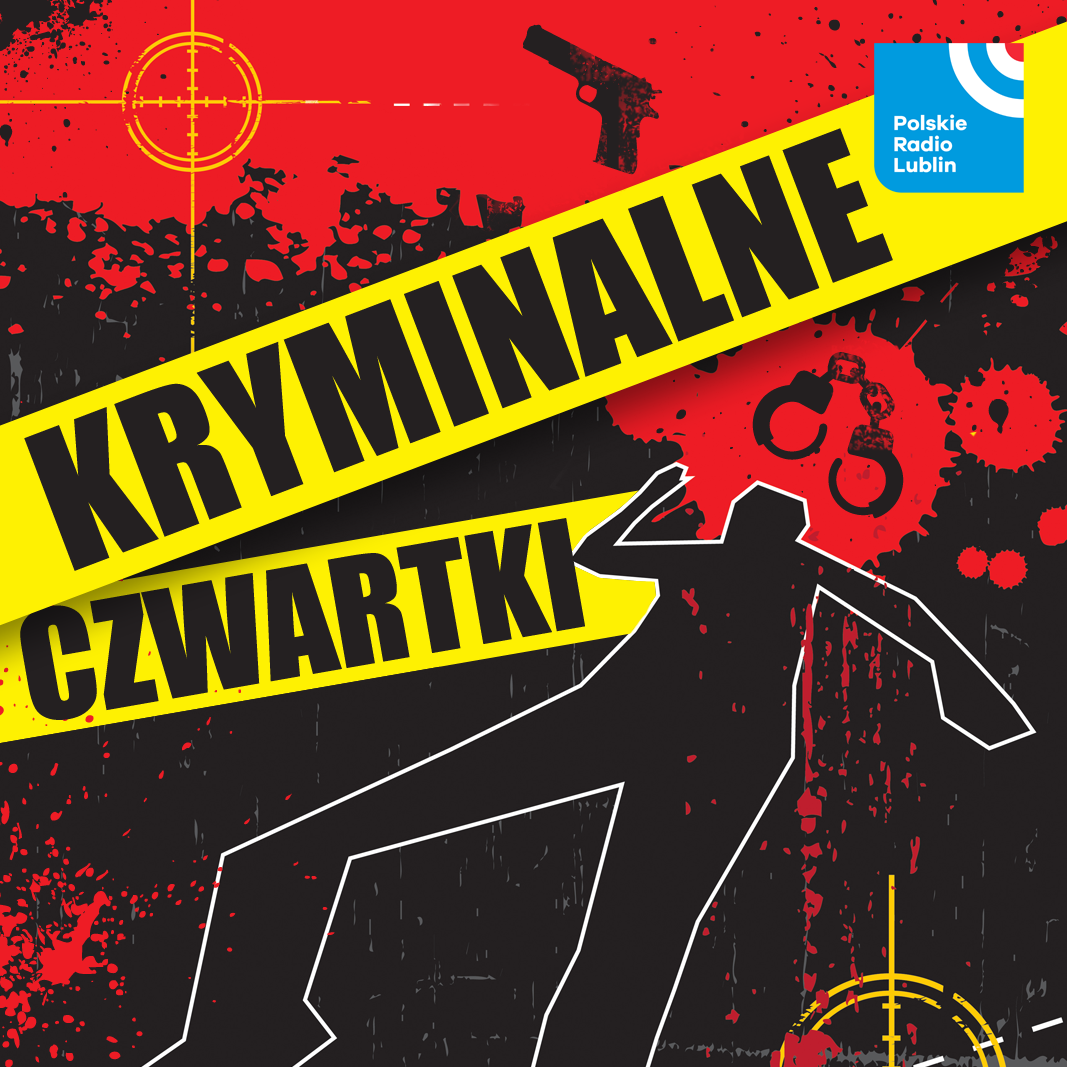
The „EU Defense Line” Is The Latest Euphemism For The New Iron Curtain
Authored by Andrew Korybko via Substack,
Poland and the Baltic States just requested EU funding to finance what they now call the “EU Defense Line”, which is really just the latest rebranding of January’s “Baltic Defense Line” that was then renamed the “Baltic Shield” before its latest iteration. It was during this project’s second conceptual phase that it paired with Poland and set the basis for a joint “Shield” initiative. Here are five background briefings for those readers who haven’t closely followed this project:
* 22 January: “The ‘Baltic Defense Line’ Is Meant To Accelerate The German-Led ‘Military Schengen’”
* 13 May: “Poland’s Border Fortification Buildup Has Nothing To Do With Legitimate Threat Perceptions”
* 25 May: “A New Iron Curtain Is Being Built From The Arctic To Central Europe”
* 2 June: “Poland Can Defend Itself From Invading Illegal Immigrants Without Worsening Tensions With Russia”
* 7 June: “Next Month’s NATO Summit Might See Most Members Joining The ‘Military Schengen’”
To summarize, the US envisages Germany employing the “military Schengen” to accelerate the construction of “Fortress Europe”, which will enable Germany to contain Russia at the US’ behest while the US “Pivots (back) to Asia” to more muscularly contain China.
The two preceding hyperlinked analyses elaborate on the “Fortress Europe” concept for those who’d like to learn more about it. This project is basically all about restoring Germany’s long-lost superpower trajectory with American support.
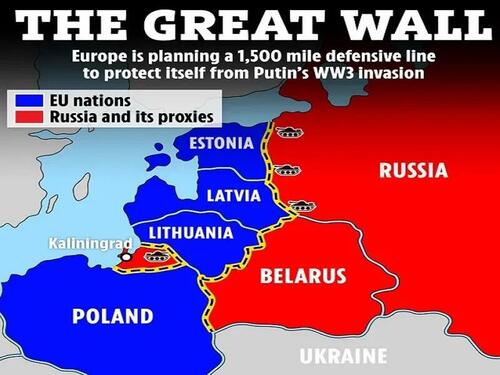
Its relevance to the “EU Defense Line” is that the German-led bloc’s (at least partial) financing will likely serve as the pretext for direct German involvement in its construction, especially if Latvia and Estonia join the “military Schengen” during the next NATO Summit like one of the previously cited analyses predicted. Poland’s request for German police assistance to help guard the bloc’s border with Belarus also facilitates the likelihood of Berlin playing a leading role in the “EU Defense Line’s” construction.
One of the other earlier mentioned analyses was connected to the new Iron Curtain that’s expected to descend upon the EU from the Arctic to Central Europe, with its northernmost reaches referring to the scenario of Finland joining what’s now been rebranded as the “EU Defense Line”. In that event, a modern-day Maginot Line would be built along the EU/NATO-Russian border, though this time with Germany taking the lead in its construction (and with full American backing) instead of France.
The whole point of rebranding what was first conceptualized as the “Baltic Defense Line” is to market this project as an inclusive pan-European one that’s supposedly being built for the “greater good” of the bloc’s citizens. This notion is meant to justify EU financing since Poland and the Baltic States don’t want to foot the entire bill themselves (nor can they likely afford it) while also reinforcing the false perception of a so-called “Russian threat” that’s designed to rally the bloc’s people around this shared cause.
Considering the overlapping military, political, and strategic interests at play, it should therefore be taken for granted that the “EU Defense Line” will likely be built and will then function as the new Iron Curtain. It’ll symbolize the New Cold War for the next generation and ensure that NATO-Russian tensions remain the “new normal”. No normalization between those two will ever be possible after these fortifications are built, but that’s precisely what the US wants in order to indefinitely divide-and-rule them.
Tyler Durden
Sun, 06/30/2024 – 08:10

 1 rok temu
1 rok temu
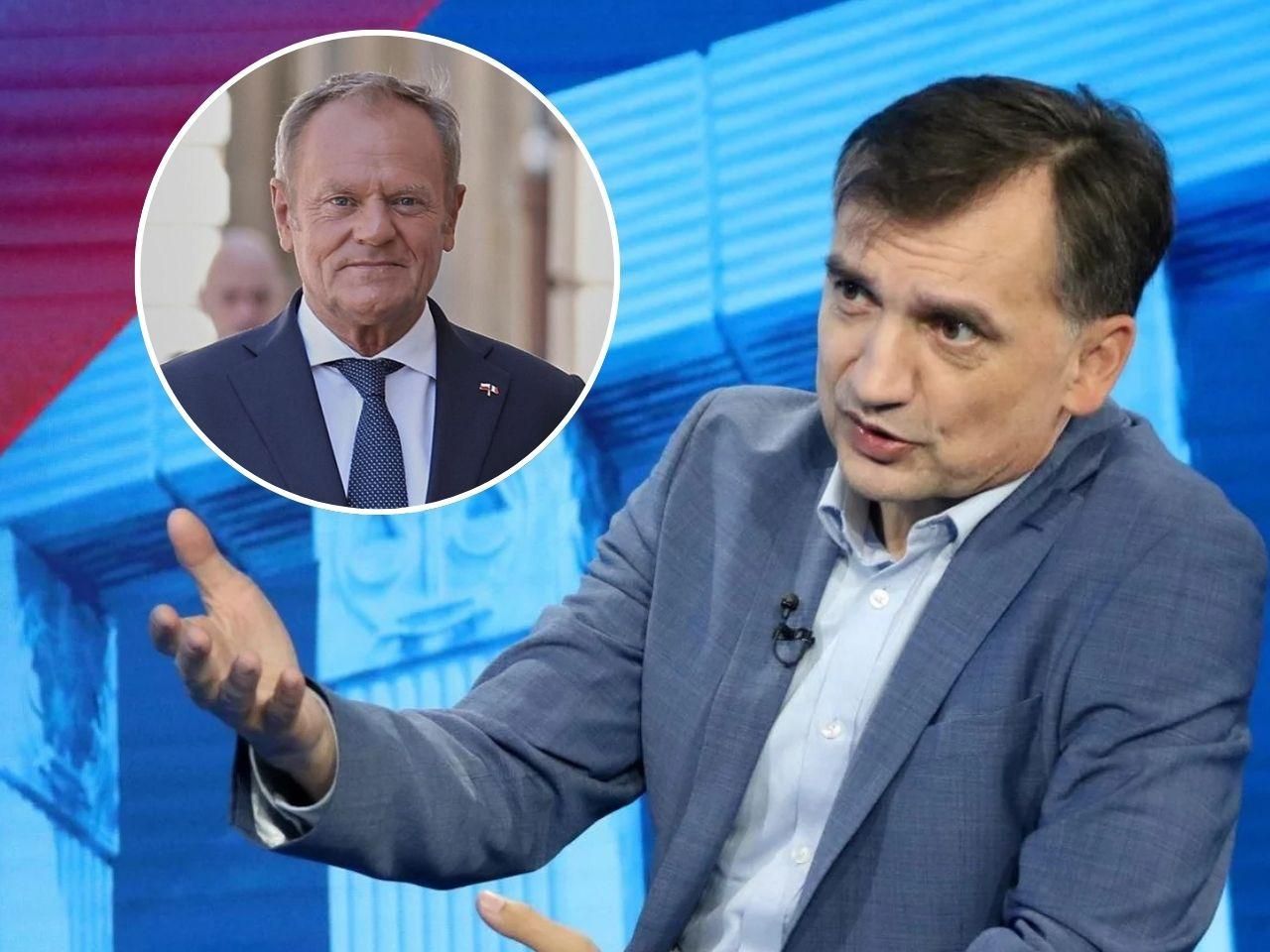

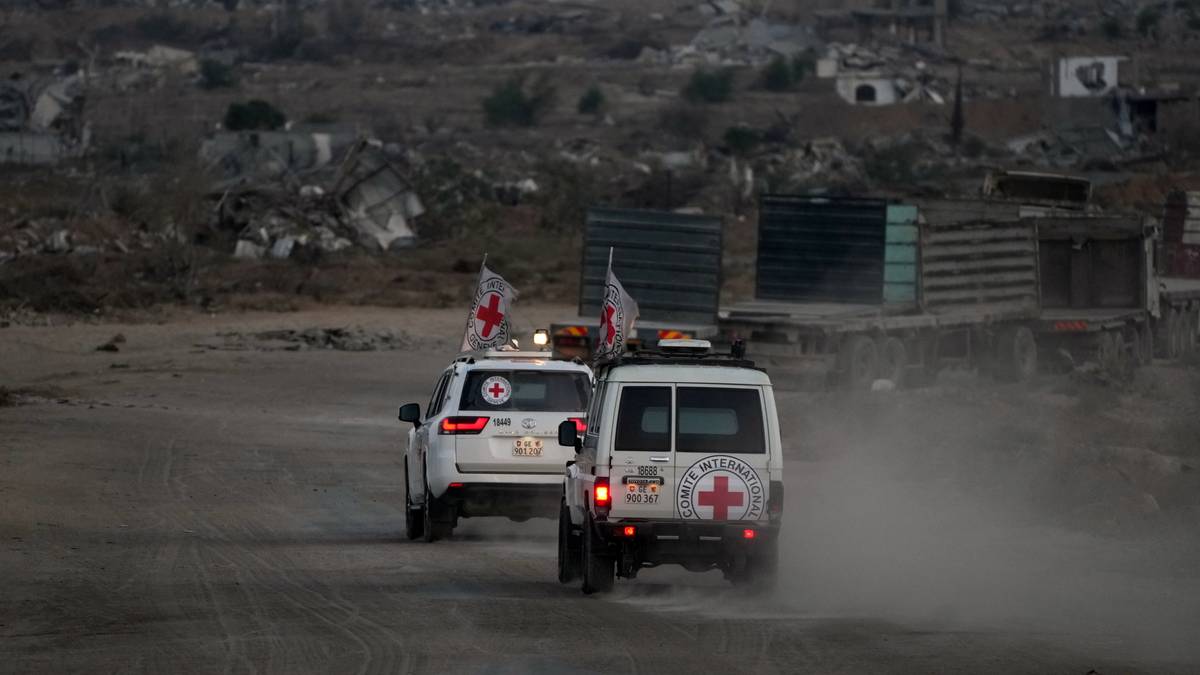
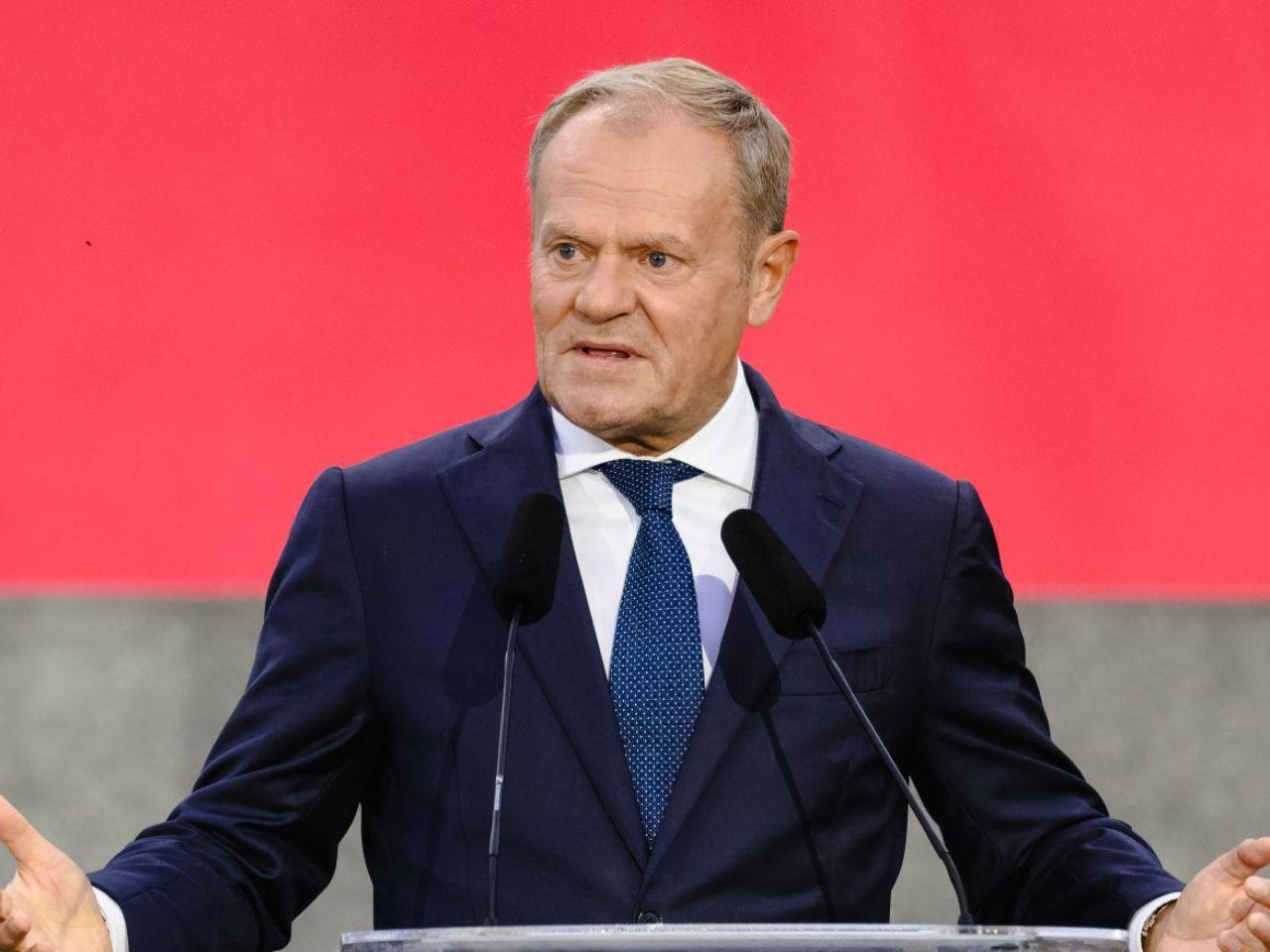



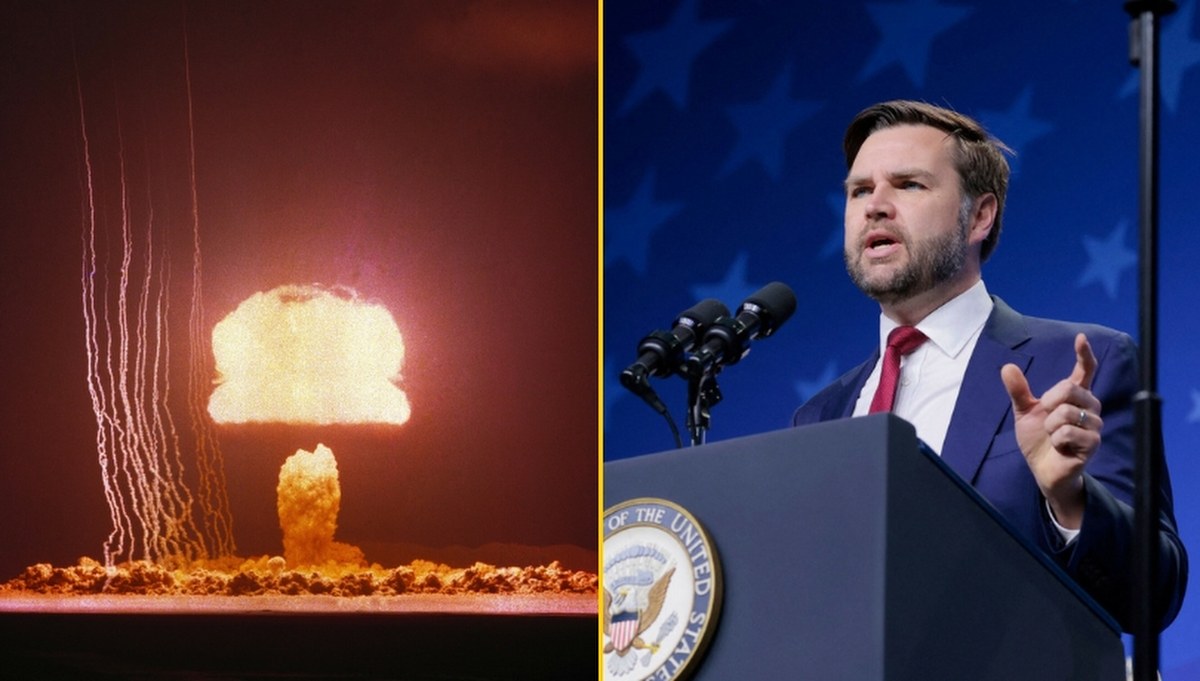
![Wytyczne w MOPS, żeby dawać jak najmniej zasiłków. Fałsz czy prawda? Na przykładzie zasiłku celowego 200 zł i zasiłku stałego dla stopnia umiarkowanego [List]](https://g.infor.pl/p/_files/37898000/shutterstock-2307730513-37897672.jpg)






